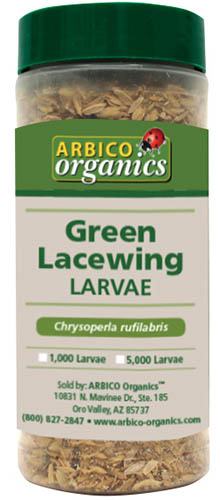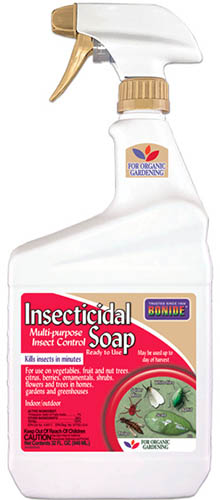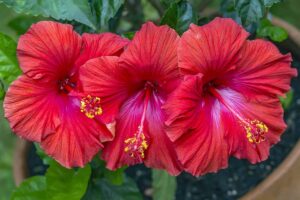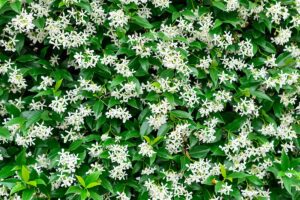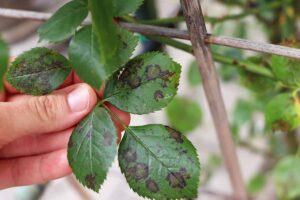When it comes to dangerous creepy crawlies, most types of ants aren’t high on the list. They won’t kill your camellia plant. But that certainly doesn’t mean we want them hanging around.
I don’t know about you, but it seriously limits how much I can enjoy my flowers when these bugs are crawling all over them. And I’m certainly not about to cut a few branches for a pretty display to place in a vase in my house.
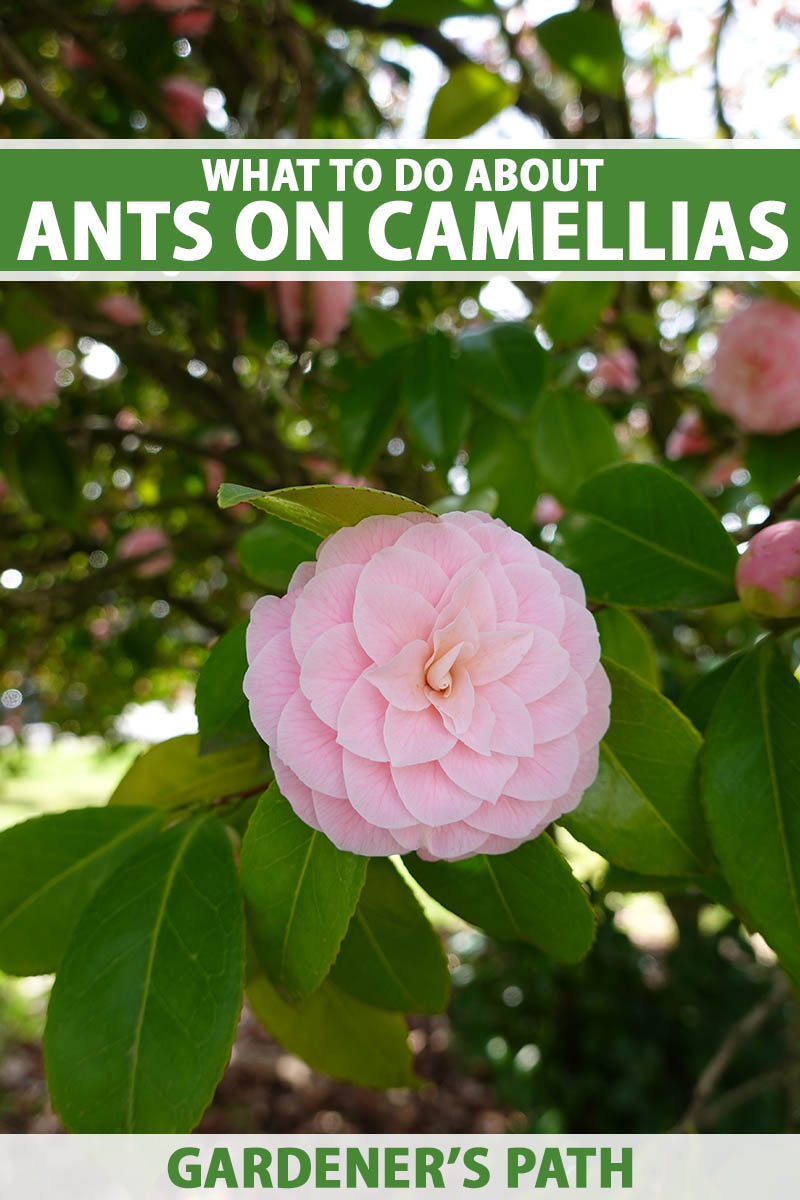
We link to vendors to help you find relevant products. If you buy from one of our links, we may earn a commission.
On top of that, seeing ants indicates that there is something else going on with your plants, because their presence goes hand-in-hand with aphids. If you’re finding ants on your camellias, chances are high that aphids are feeding on them, too.
Ants might be annoying, but aphids can actually cause harm to your plants. So, let’s kill two birds with one stone and eliminate both of these pests at once.
To that end, here’s what we’ll be going over in this guide:
What You’ll Learn
It’s upsetting when there’s something wrong with a plant you love, I get it. But don’t worry, because your plants will be free of insects and looking good again in no time. Off we go!
Why Do Ants Visit Camellias?
Ants don’t eat camellia flowers. They’re attracted to the sweet honeydew left behind by pests like aphids and scale insects that suck the sap out of the flowers.
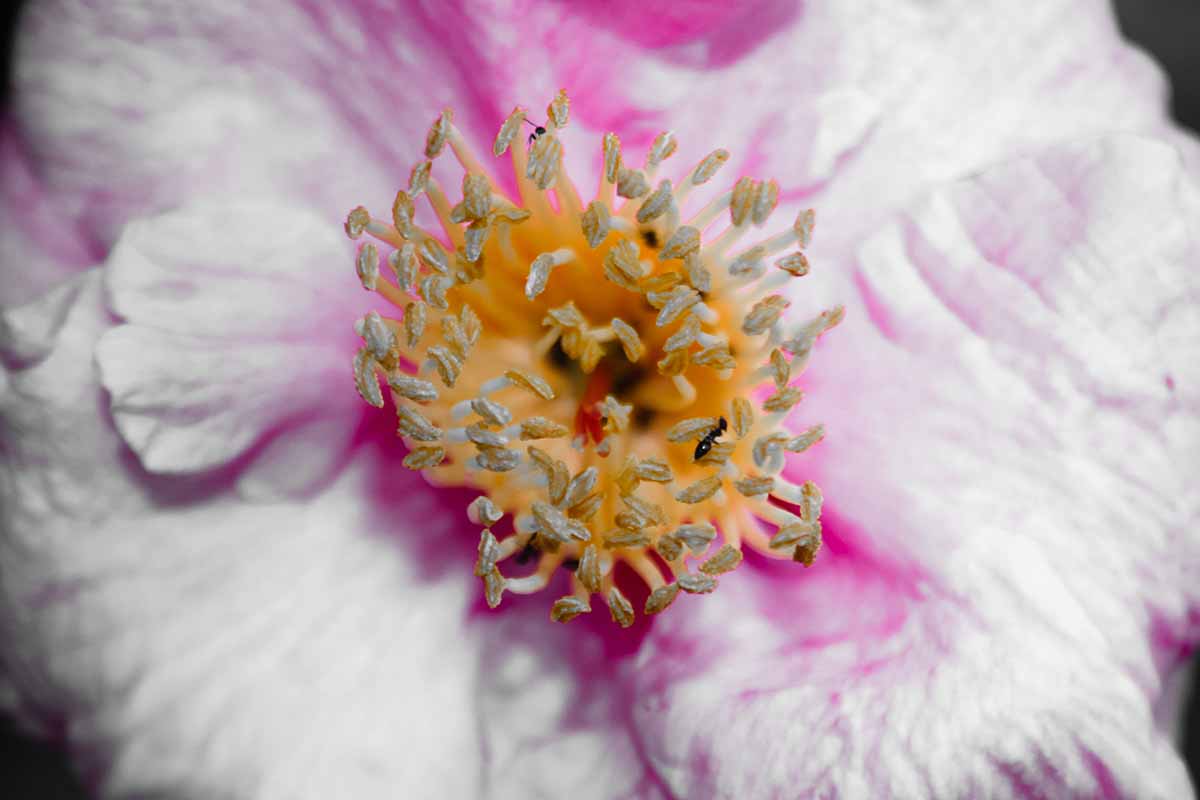
These pests use their sucking mouthparts to draw the sap out of plants and then they leave behind a sticky secretion.
This sugar-rich substance is a tasty, high-energy treat for ants. In return, the ants protect the aphids from predators. Everybody’s happy!
Well, except you, because you have bugs all over your camellia flowers. But the aphids and ants are feeling pretty good.
Getting Rid of Pests
While you can try to address the ant situation directly using bait traps, the best way to eliminate them is to drive off the aphids. Once they’re gone, the ants have no reason to visit your shrubs and they’ll head to stickier pastures.
Because aphids rarely cause serious damage to camellias, you don’t need to go all out to rid your garden of them. The biggest risk here is that the aphids might spread diseases, or leave your plants susceptible to disease by weakening them.

Spray your plant down with water once a week in the morning on a sunny day.
This knocks the tiny pests loose and washes away some of the honeydew. It may not seem like it would, but a little spray of water can go a long way towards resolving the situation.
You can also prune off any branches where the insects are clustered. Then, add some lacewings to your garden.
Green lacewings think many of the pests we want to keep out of our garden are delicious. You can buy packages of larvae to release these natural predators onto your plants, and they’ll munch away on all those baddies.
Grab a hex frame, a bottle of 1,000, a bag of 5,000, or a bucket of 10,000 lacewings at Arbico Organics.
These controls should be enough to keep your flowers free of these insects. But if you’ve tried everything and the problem persists, you aren’t out of luck. You can spray the infested bush with insecticidal soap.
Bonide makes 12- and 32-ounce ready-to-use containers of this product, and the soap won’t persist in the environment, causing undesired consequences. Pick some up at Arbico Organics.
Spray your camellias once every 10 days or so, taking care to coat both the tops and bottoms of the leaves.
Aphid Prevention
It’s possible to support your plants in a way that discourages aphids from setting up shop in the first place.
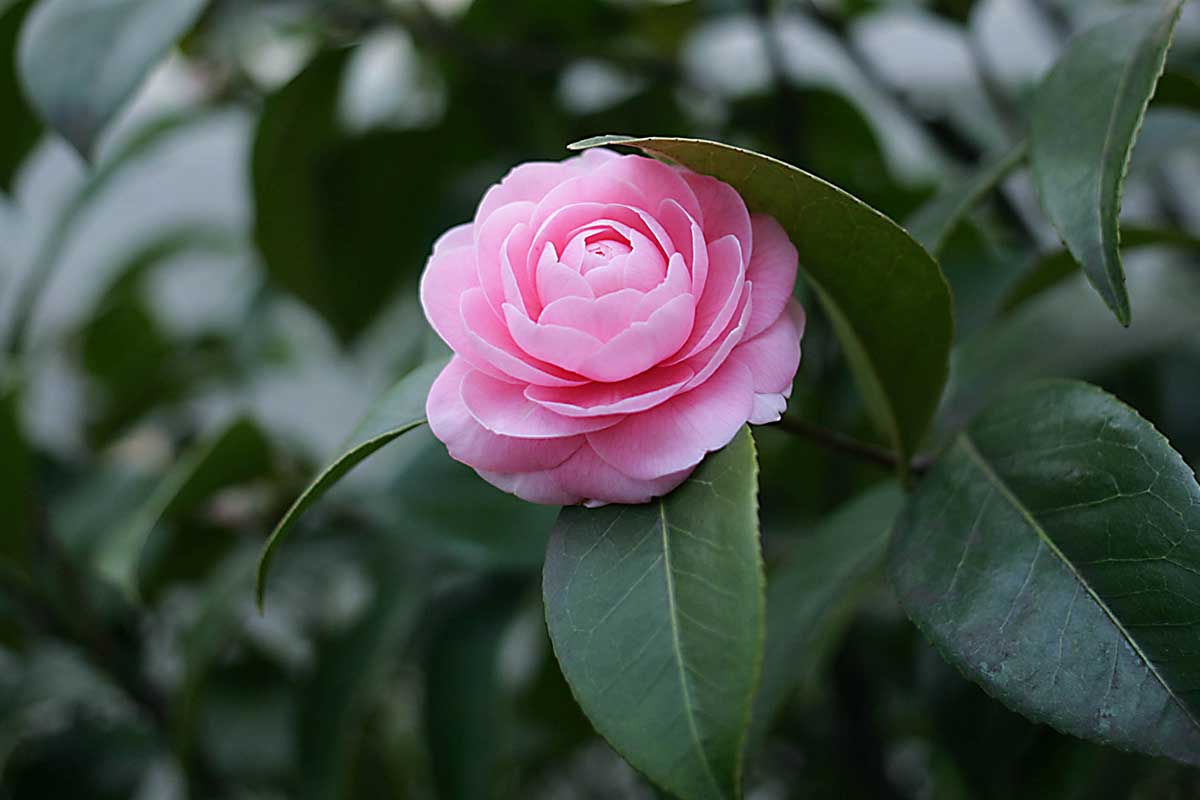
Spraying your plants down with a strong stream of water will knock all kinds of baddies off, and it creates a less appealing environment for the pests.
Do this once every week or two in the morning on a sunny day so the water has a chance to evaporate. You’d be surprised how much good it can do.
You should also try to keep weeds out of your garden. I know, easier said than done. But weeds act as hosts for all kinds of bad bugs. Many pests love wild mustard and sow thistle, in particular.
On camellias, aphids tend to hang out primarily on new growth. If you catch them there it’s easier to remove them before their numbers grow. It never hurts to head out and just give your plants a once-over every now and then to look for issues.
For more related tips, be sure to check out our guide to identifying and combating camellia pests.
Send Those Unwanted Visitors Packing
Ants aren’t harmful to camellias, but they indicate that aphids are setting up shop on your flowers, and some unwelcome diseases could follow. Show both of these unwanted visitors the door for the health of your plants.
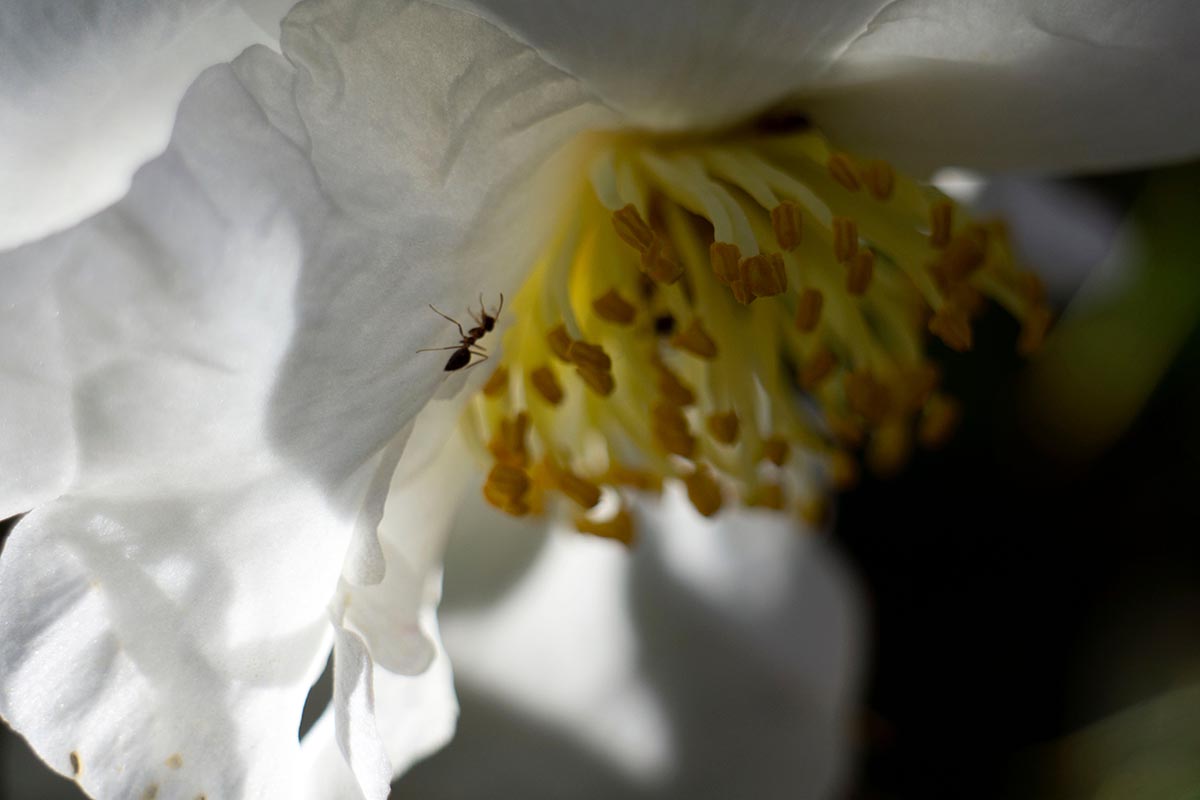
Did you find ants on your camellias? Did this guide help you eliminate them? What method worked best for you? Share your experience with us in the comments section.
Have you been bit by the camellia bug? If you want to learn more about these beauties, we have a few more guides you might be interested in, starting with these:
